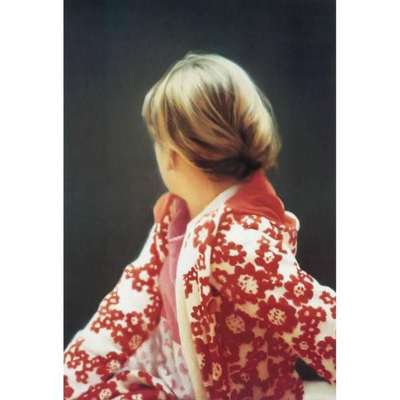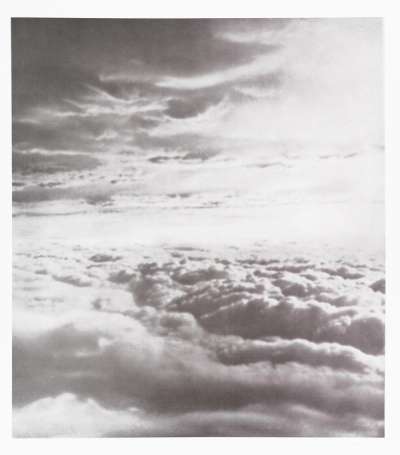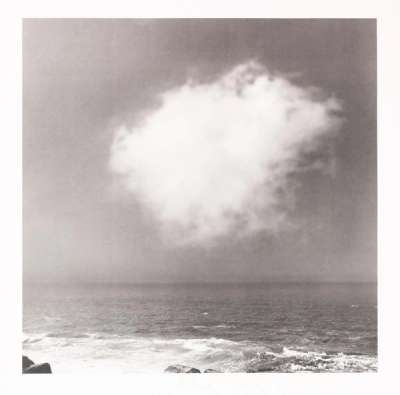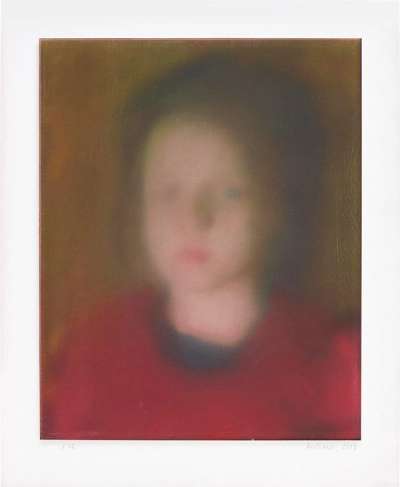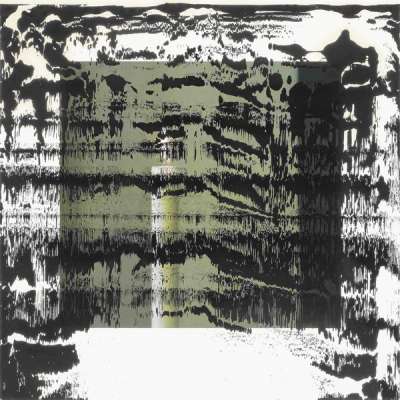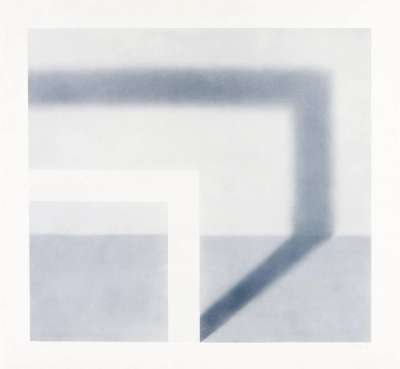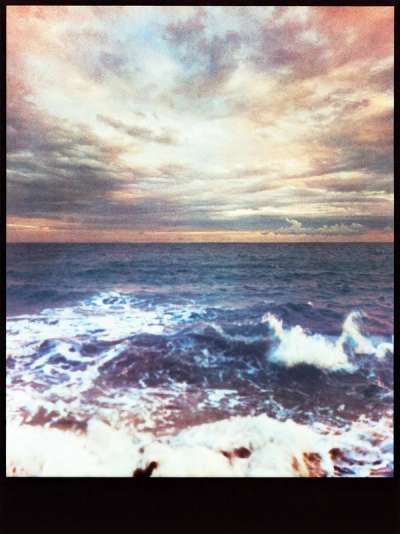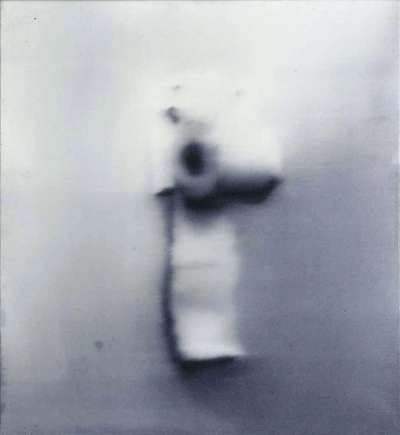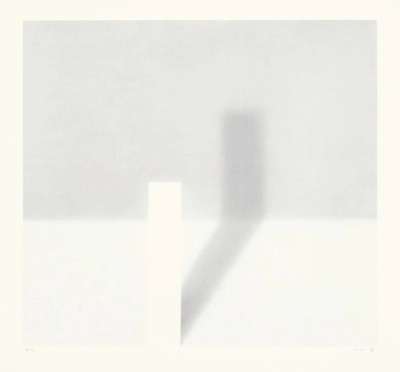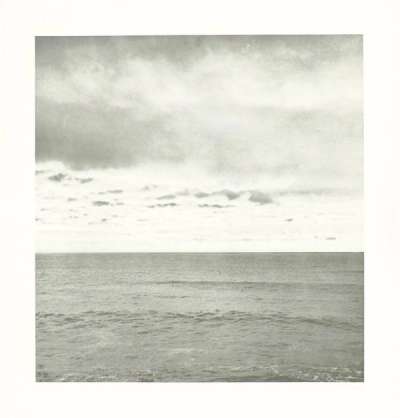
Kerze

Kerze
Signed Print
Gerhard Richter
£10,000-£15,000Value Indicator
$21,000-$30,000 Value Indicator
$18,000-$28,000 Value Indicator
¥100,000-¥140,000 Value Indicator
€11,500-€18,000 Value Indicator
$100,000-$150,000 Value Indicator
¥1,890,000-¥2,840,000 Value Indicator
$13,500-$20,000 Value Indicator
AAGR (5 years) This estimate blends recent public auction records with our own private sale data and network demand.
There aren't enough data points on this work for a comprehensive result. Please speak to a specialist by making an enquiry.
Medium: Lithograph
Edition size: 250
Year: 1988
Size: H 90cm x W 94cm
Signed: Yes
Format: Signed Print
TradingFloor
Track this artwork in realtime
Watch artwork, manage valuations, track your portfolio and return against your collection
Track auction value trend
Auction Results
| Auction Date | Auction House | Location | Hammer Price | Return to Seller | Buyer Paid |
|---|---|---|---|---|---|
| September 2024 | Galerie Kornfeld | Germany | |||
| December 2023 | Lempertz, Cologne | Germany | |||
| November 2023 | Van Ham Fine Art Auctions | Germany | |||
| September 2023 | Christie's London | United Kingdom | |||
| September 2023 | Christie's London | United Kingdom | |||
| June 2023 | Sotheby's Paris | France | |||
| June 2023 | Ketterer Kunst Hamburg | Germany |
Meaning & Analysis
Kerze is a 1988 colour lithograph offset print by esteemed German visual artist, Gerhard Richter. Signed by the artist, it was issued in an edition of 250 and belongs to the Atlas series. A photorealistic depiction of a burning candle, the image became world famous after another in the series, Kerze (1982), featured on the cover of US band Sonic Youth’s 1988 album, Daydream Nation.
A contemporary take on vanitas painting - an artist genre comprising still life artworks which, through symbolism, remind viewers of both their mortality and the inutility of worldly possessions - Kerze is one of Richter’s most well-known works. It depicts a single lit candle, flickering its light onto a nearby wall. Speaking to Richter’s mastery of traditional, representational artistic techniques, the work’s reference to canonical art history seeks to complicate the artist’s own position within the field of Post-war and Contemporary Art, as well as its conceptual and stylistic development.
Painted around the same time as Richter’s first Abstract paintings, such as Abstraktes Foto (1989) and Abstraktes Bild (P1) (1990), Kerze testifies to Richter’s incessant return to the ‘old’ as a means of bringing about the ‘new’. The piece is the product of Richter’s so-called ‘Atlas’ - an enormous compilation of image-based materials that Richter has used throughout his career as the photographic basis for his representational works. The work also references Richter’s upbringing in Dresden, from which he escaped in 1961, and the allied bombardment of the same city on the 13th of February the 13th 1945. Commenting on his choice of the candle motif, Richter explained: ‘candles had always been an important symbol for the GDR, as a silent protest against the regime... it was a strange feeling to see that a small picture of candles was turning into something completely different, something that I had never intended. Because, as I was painting it, it neither had this unequivocal meaning nor was it intended to be anything like a street picture. It sort of ran away from me and became something over which I no longer had control...When I painted the candles I wasn't thinking of February the 13th but I did experience feelings to do with contemplation, remembering, silence and death.'
